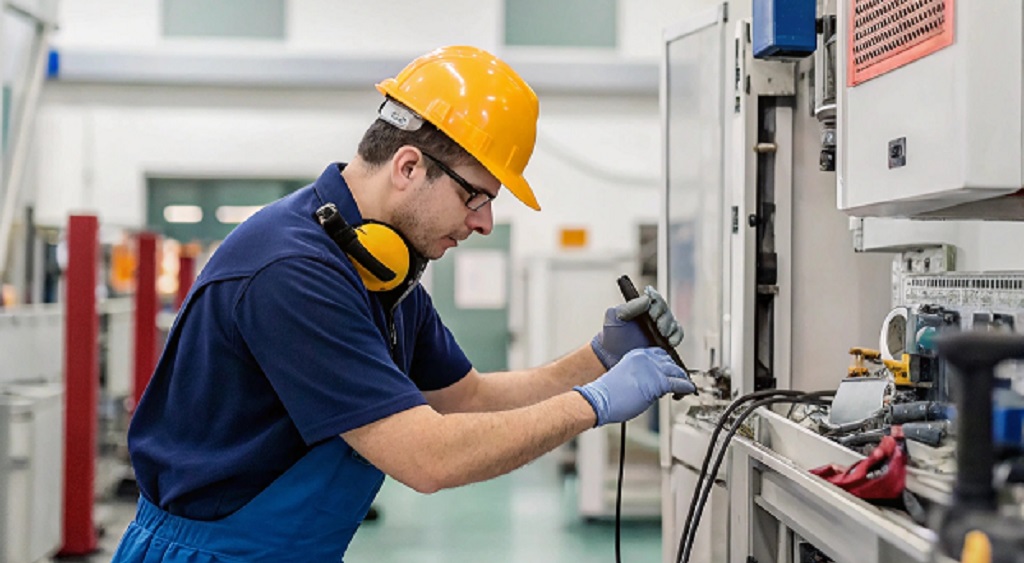The Role of Preventive Maintenance in Extending Equipment Lifespan

Understanding Preventive Maintenance
Preventive maintenance (PM) is a proactive strategy that focuses on maintaining the long-term health of essential equipment. Businesses can avoid unexpected breakdowns and reduce costly reactive measures by scheduling regular inspections and minor repairs. This is particularly crucial in high-stakes environments like manufacturing plants or healthcare facilities, where equipment failure can lead to lost productivity and increased expenses.
Working with a knowledgeable air conditioning contractor for HVAC systems is vital, as consistent maintenance prevents failures during extreme weather and ensures comfort and safety. By prioritizing PM, businesses can extend the life of their assets, optimize performance, and control repair costs.
Benefits of Preventive Maintenance
- Reduced Downtime: Regularly scheduled maintenance means fewer unexpected equipment failures and breakdowns. As a result, production lines, office buildings, and essential services experience minimal interruption and can function as intended, supporting seamless workflows and improving customer satisfaction. This stability bolsters an organization’s reputation for reliability.
- Cost Savings: Preventive maintenance is an investment that pays dividends over time. By catching and addressing minor issues during scheduled checks, organizations avoid the high costs of emergency repairs, extensive damage, and unscheduled production stoppages. Over the lifetime of expensive equipment, these incremental savings can accumulate, freeing up capital for other strategic priorities.
- Enhanced Safety: Faulty equipment can harm operators, employees, and facility occupants. Routine inspections reduce the likelihood of hazardous situations, supporting safer working environments and aligning with regulatory standards. Regular PM can also decrease the possibility of fines or litigation resulting from workplace accidents.
- Improved Efficiency: Well-maintained machinery performs better, has greater energy efficiency, and delivers superior outcomes. In many commercial facilities, HVAC services contribute significantly to overall energy use, making maintenance critical to comfort and cost control. With all systems running smoothly, output quality is higher, resource waste is minimized, and energy consumption drops—this not only benefits the bottom line but also promotes greener, more sustainable operations.
Implementing an Effective Preventive Maintenance Program
An effective preventive maintenance program ensures equipment’s long-term performance and reliability across various industries. Businesses can reduce the likelihood of unexpected breakdowns and costly downtime by conducting routine inspections, servicing, and timely repairs. Preventive maintenance also helps identify minor issues before they escalate into major failures, ultimately supporting operational efficiency and safety. Scheduled maintenance tasks, such as lubrication, calibration, and part replacements, contribute to optimal equipment performance while promoting compliance with industry standards. Moreover, maintaining detailed records allows for data-driven decisions and continuous improvement over time. Investing in a structured and consistent maintenance plan is a proactive strategy that protects assets and maximizes their service life and return on investment.
Leveraging Technology in Preventive Maintenance
Digital tools are revolutionizing equipment maintenance management by monitoring critical parameters in real-time using connected sensors and IoT devices. This allows for quickly detecting issues before they escalate into serious failures. Predictive maintenance uses analytics and artificial intelligence to forecast equipment failures, minimizing downtime and cost. Maintenance management software links with mobile devices, improving accountability and decision-making. These innovations enable organizations to make informed decisions, optimize maintenance spending, and support long-term sustainability initiatives.
